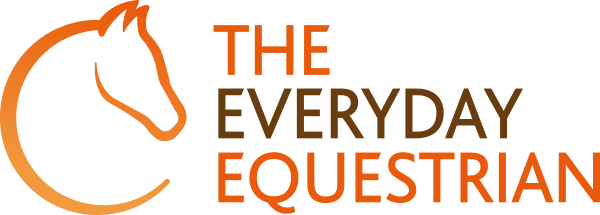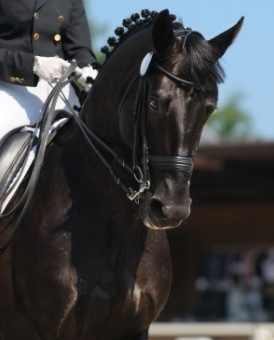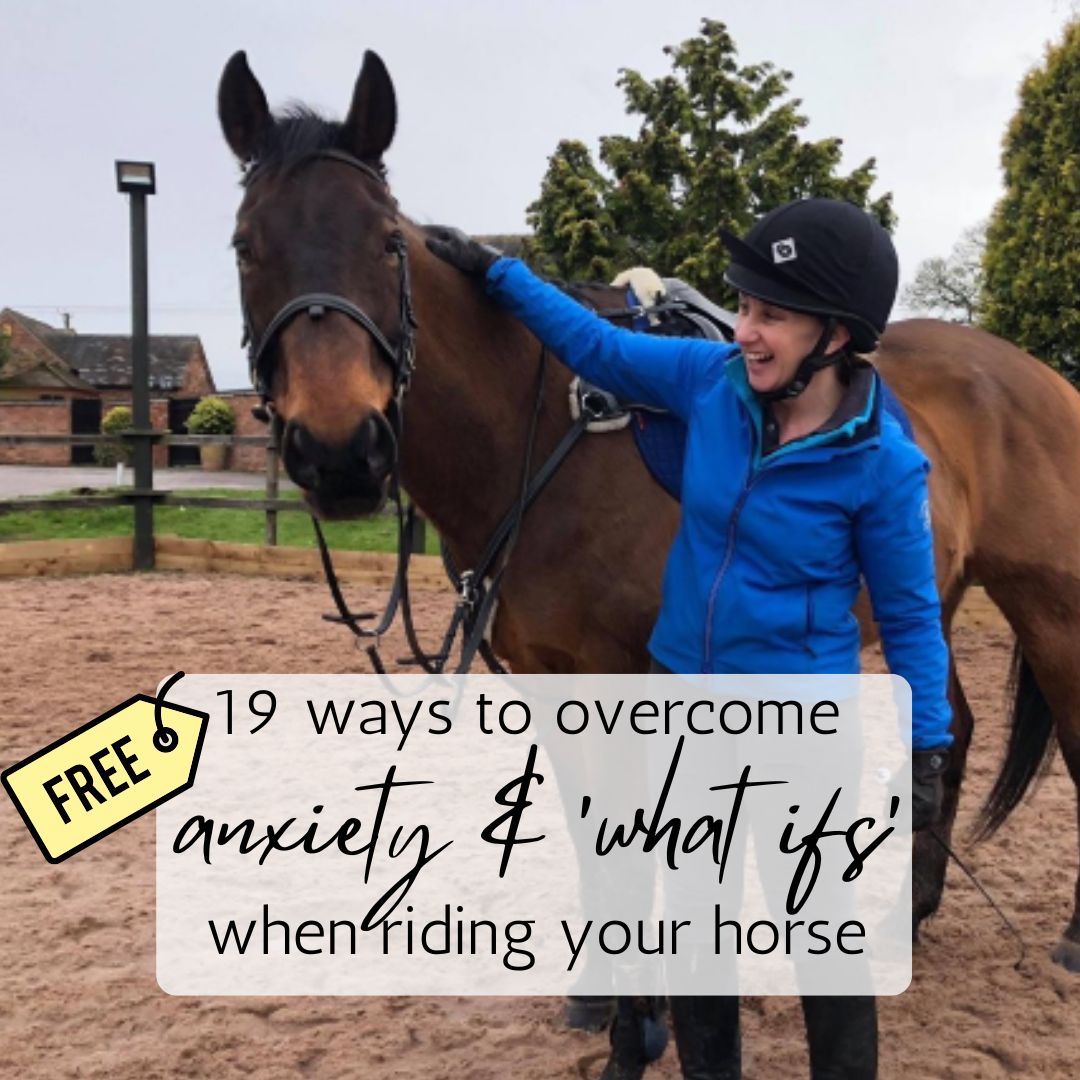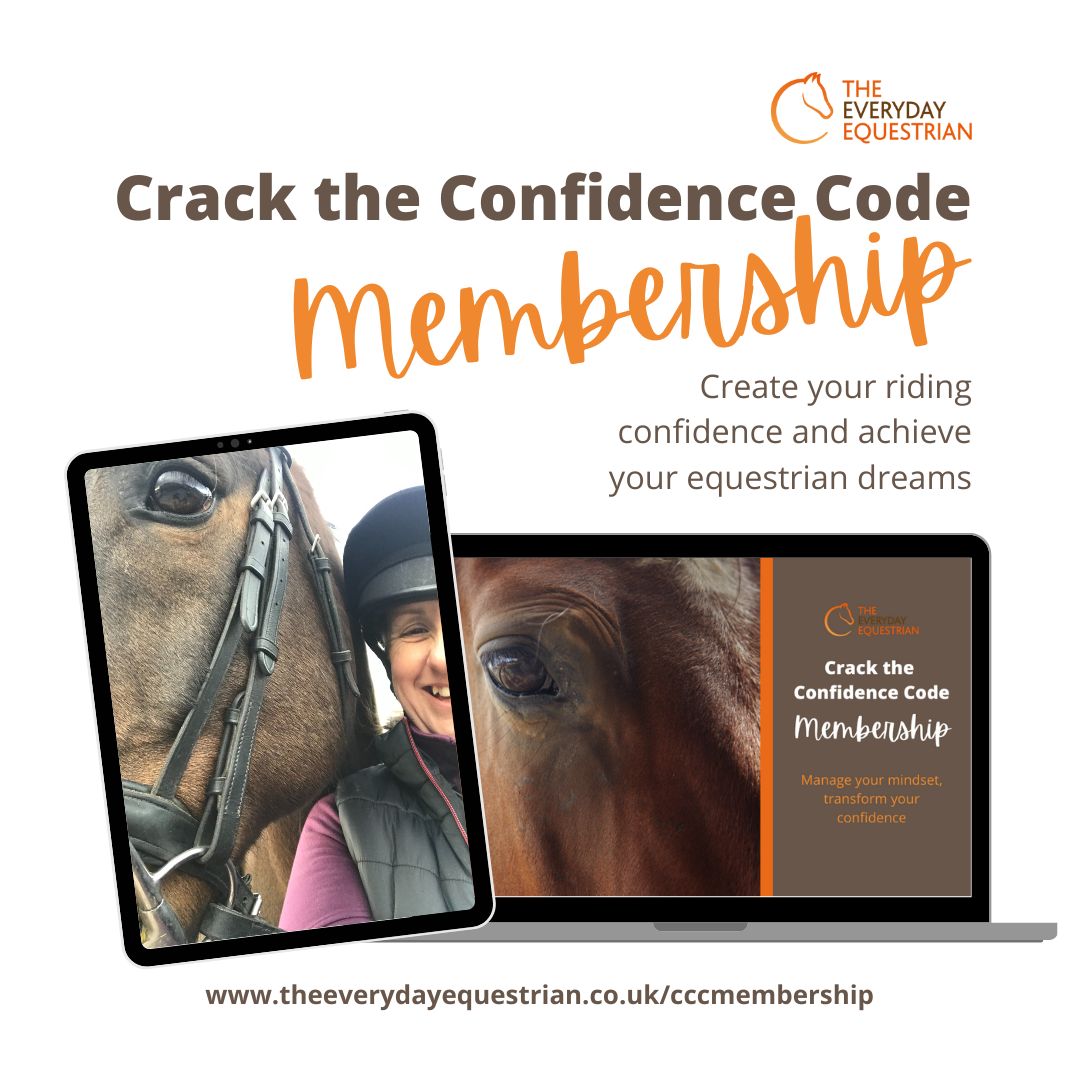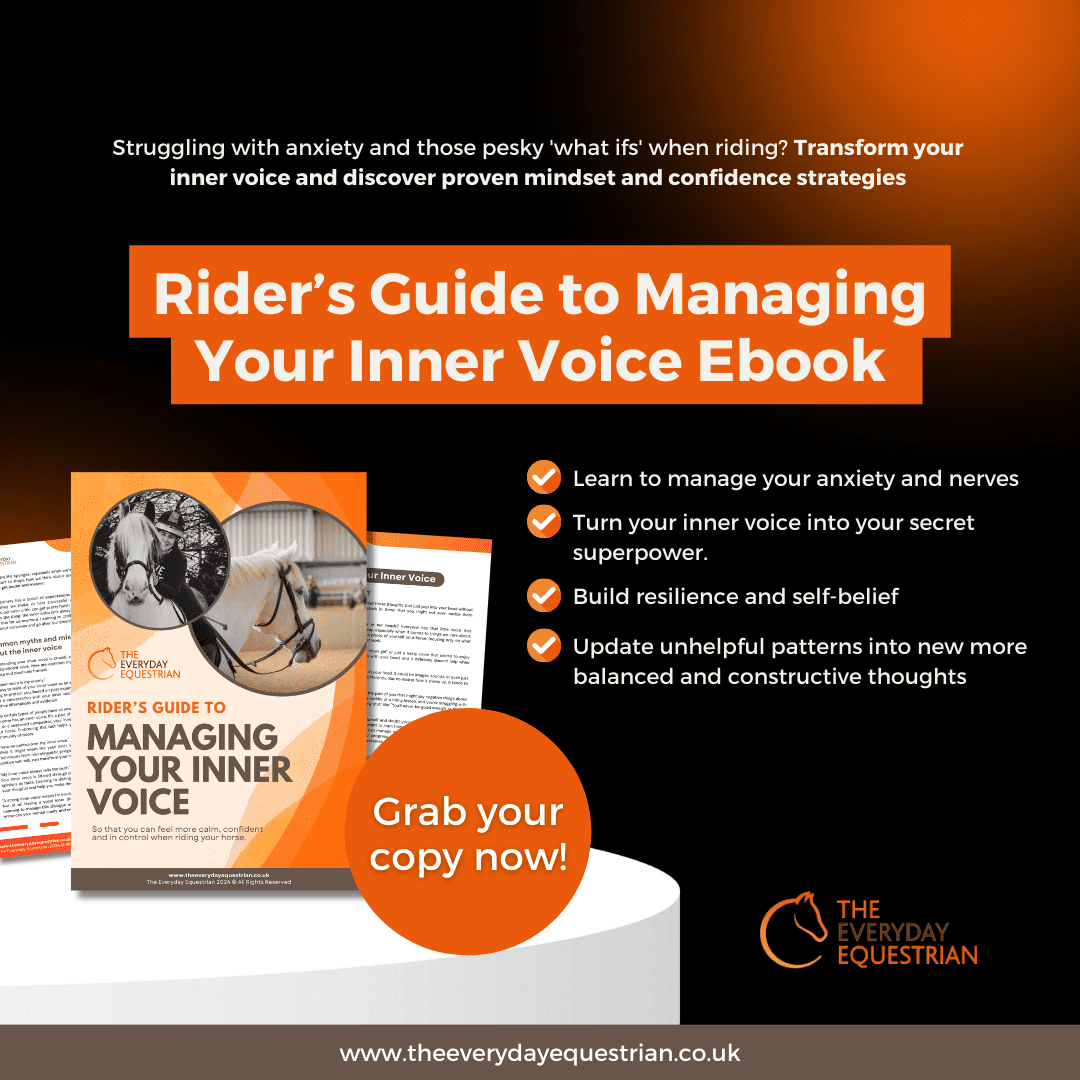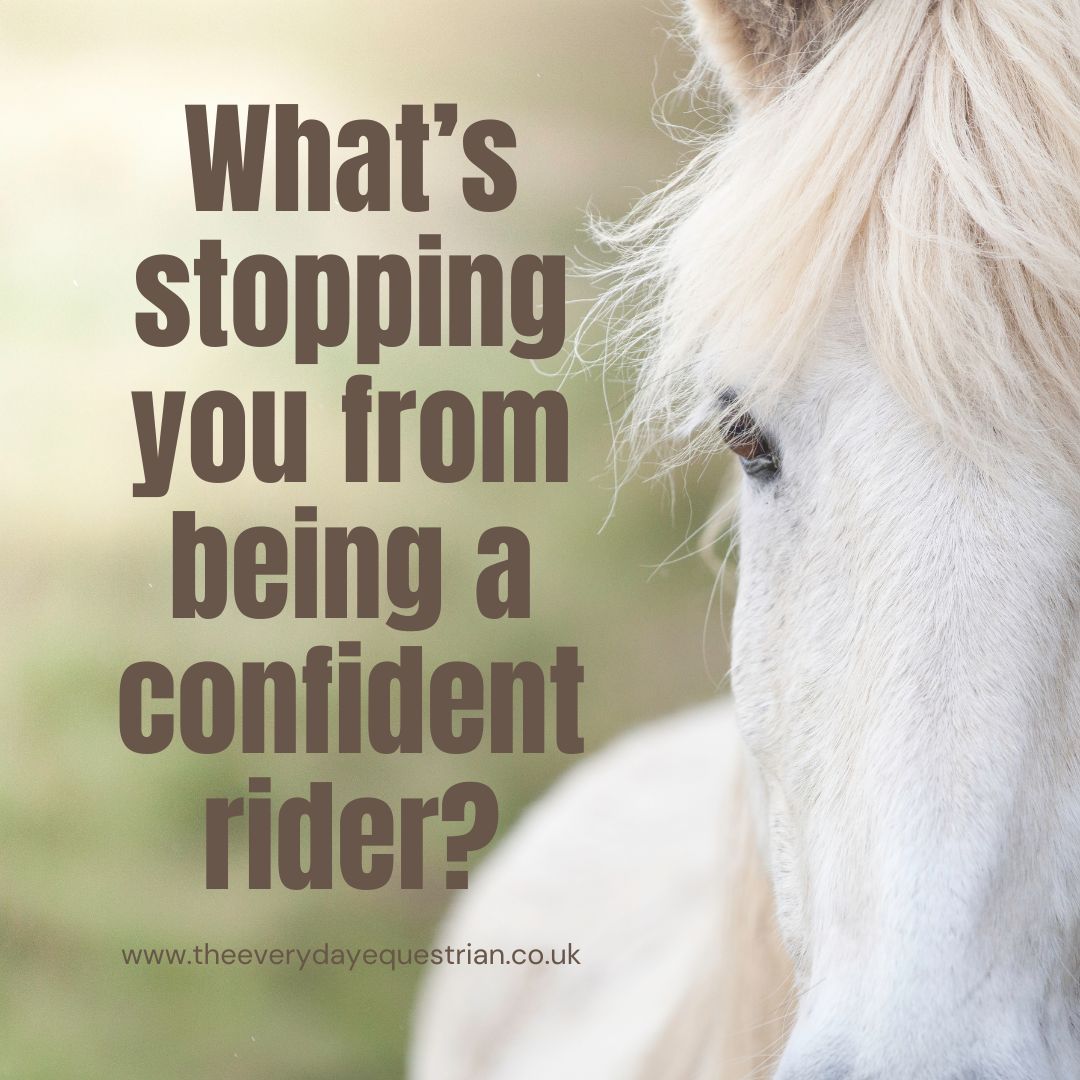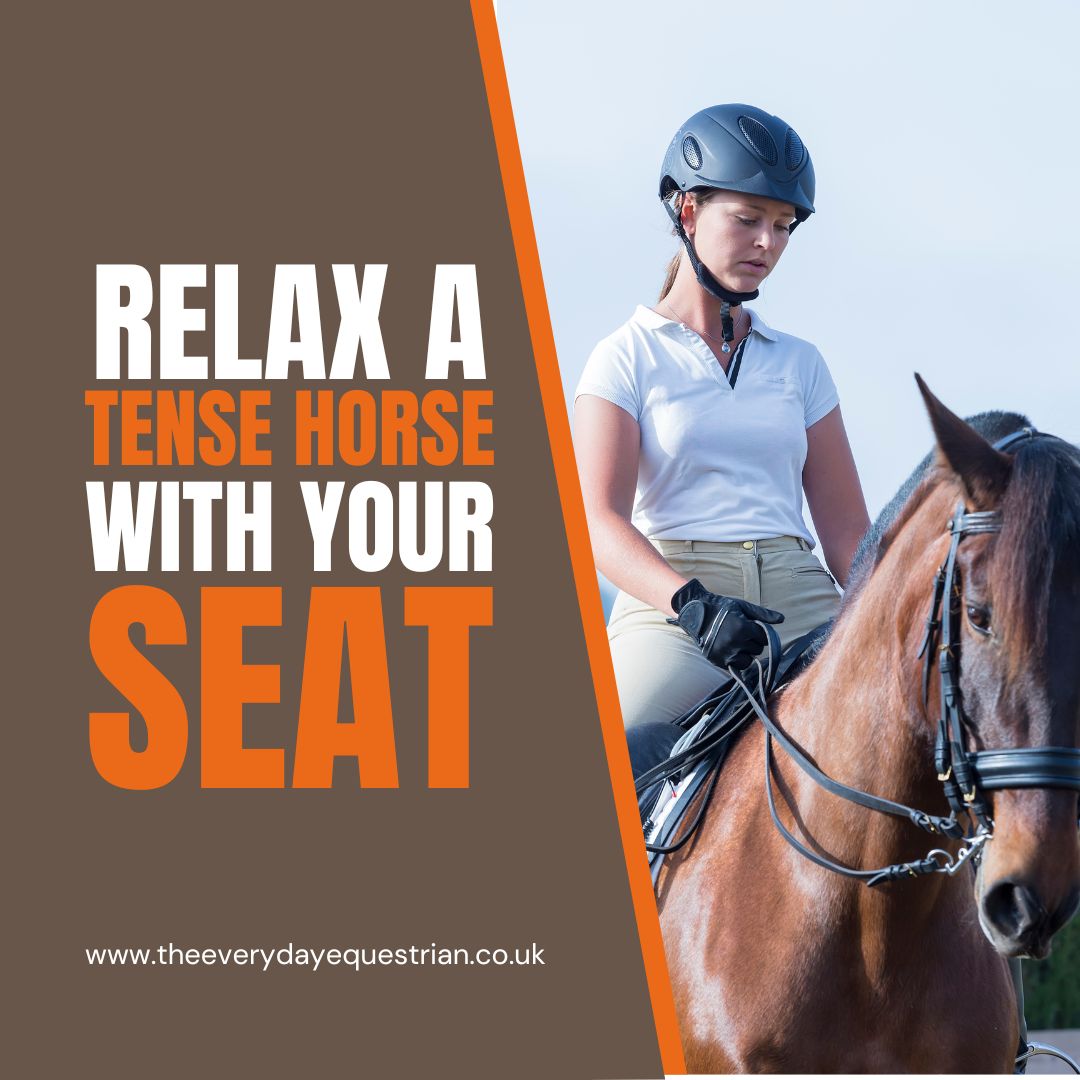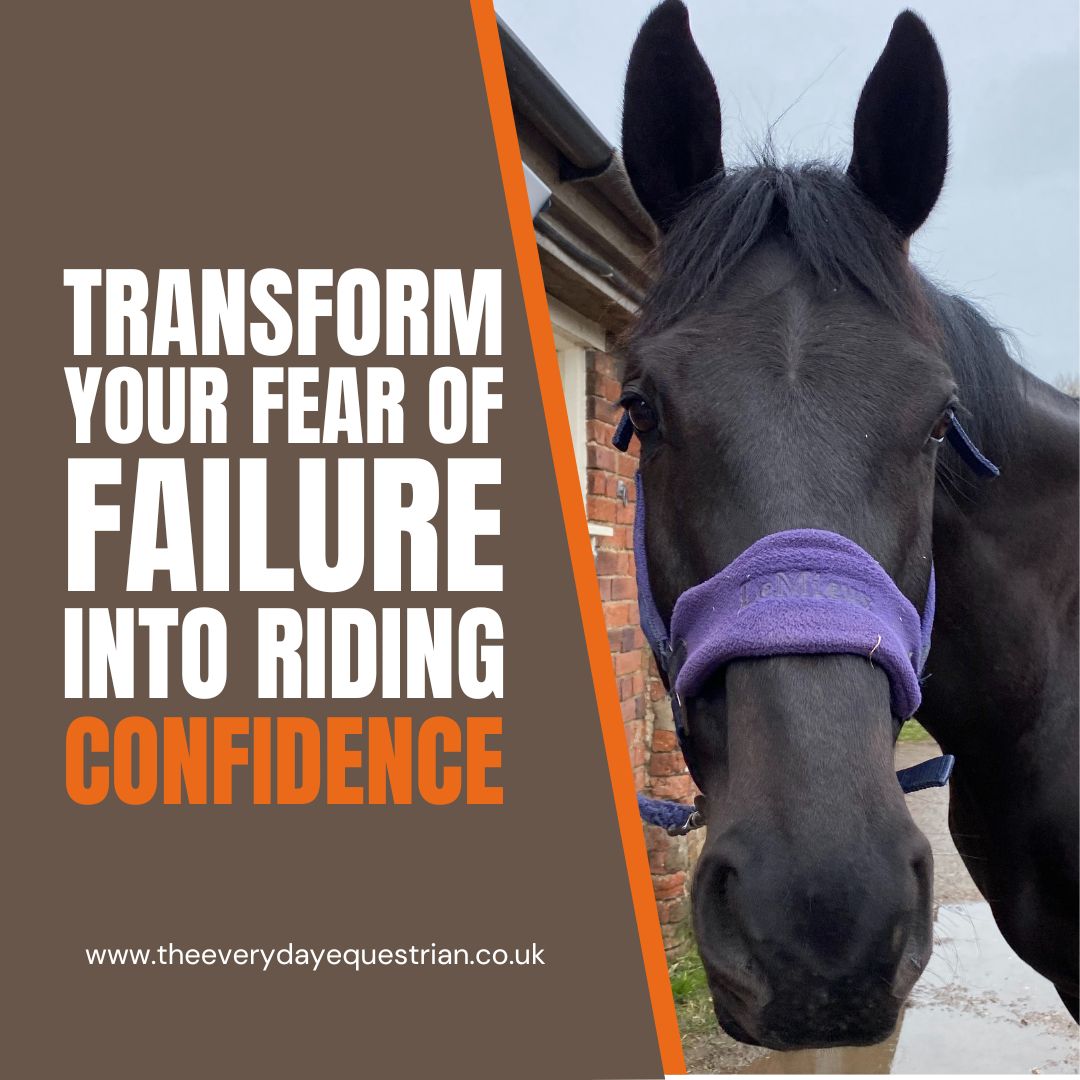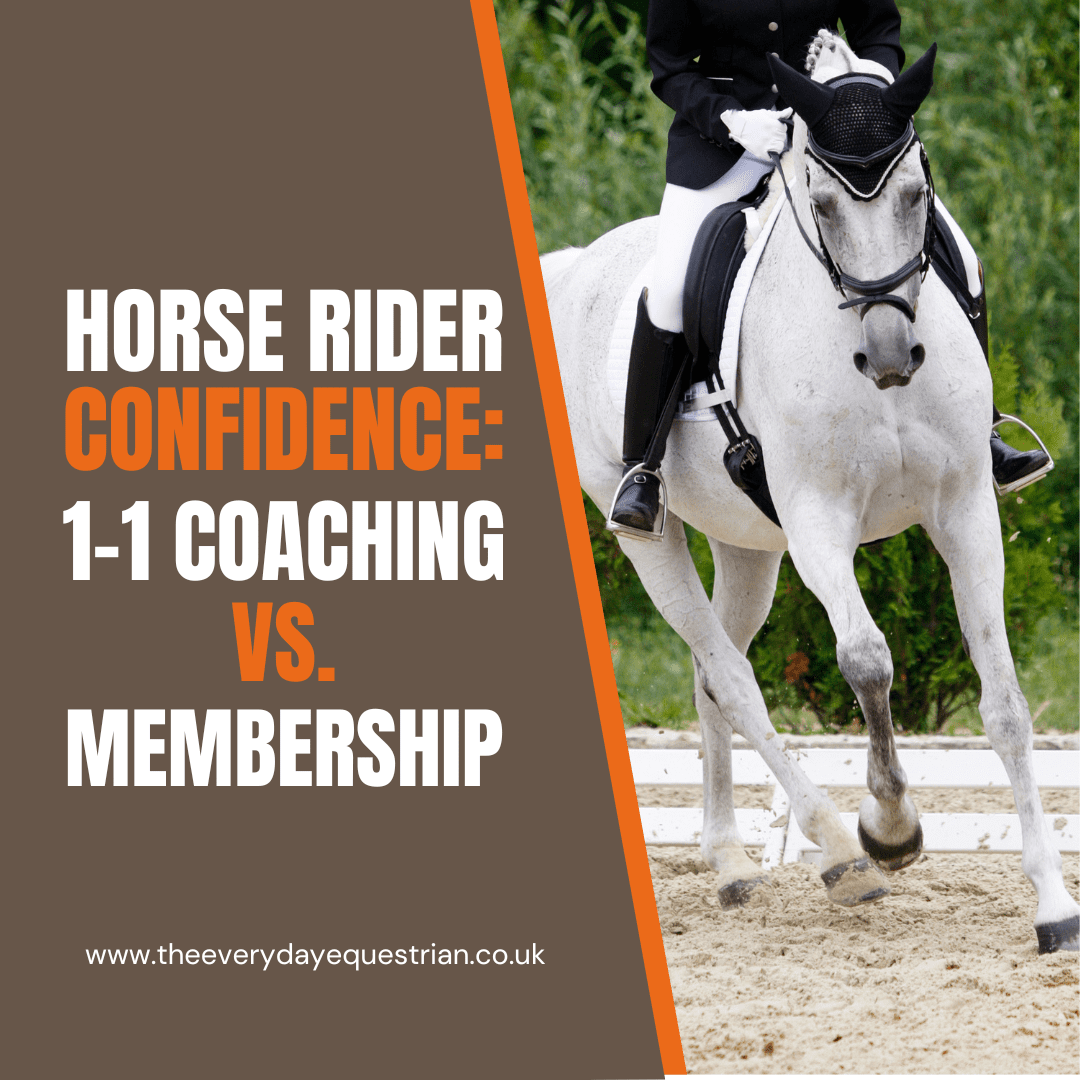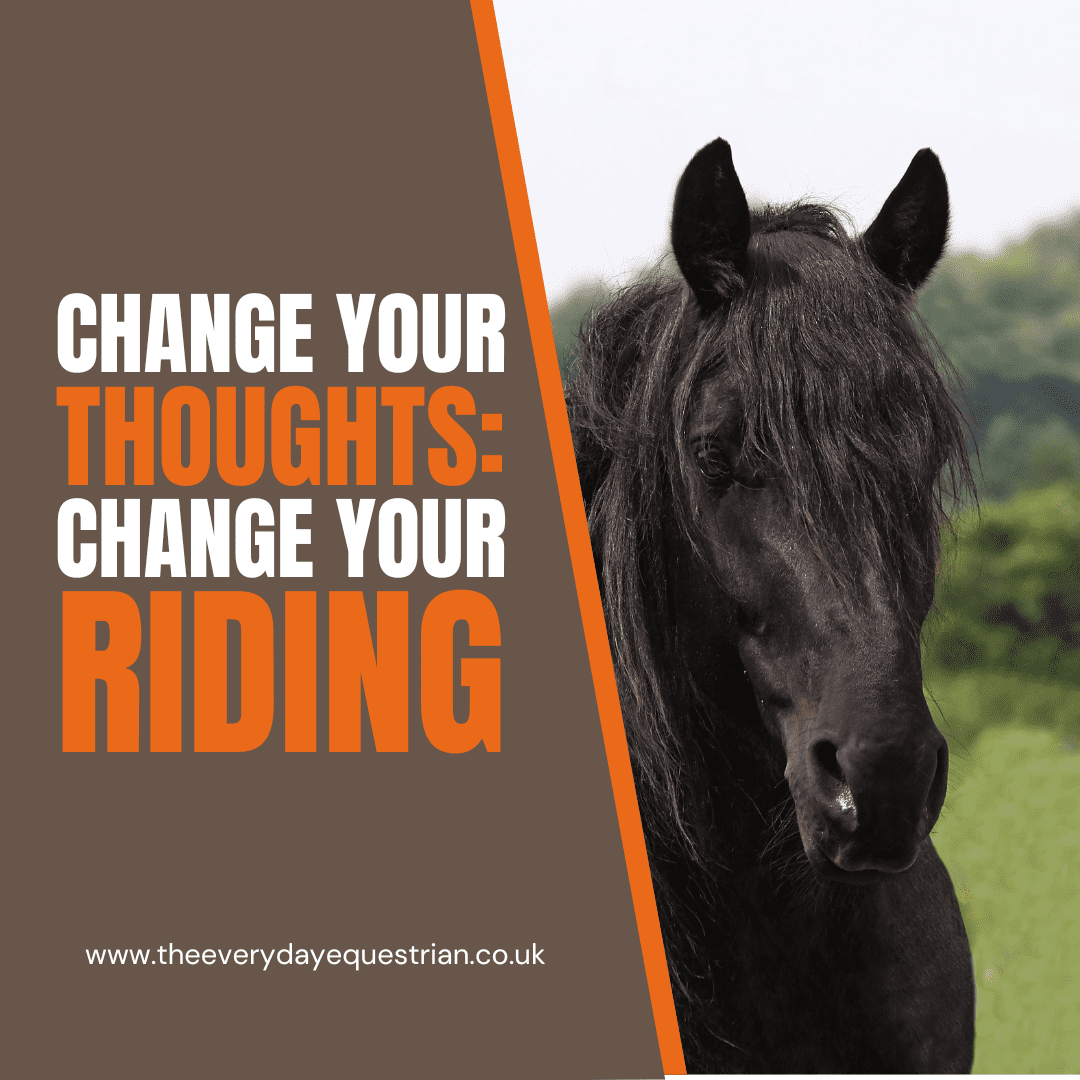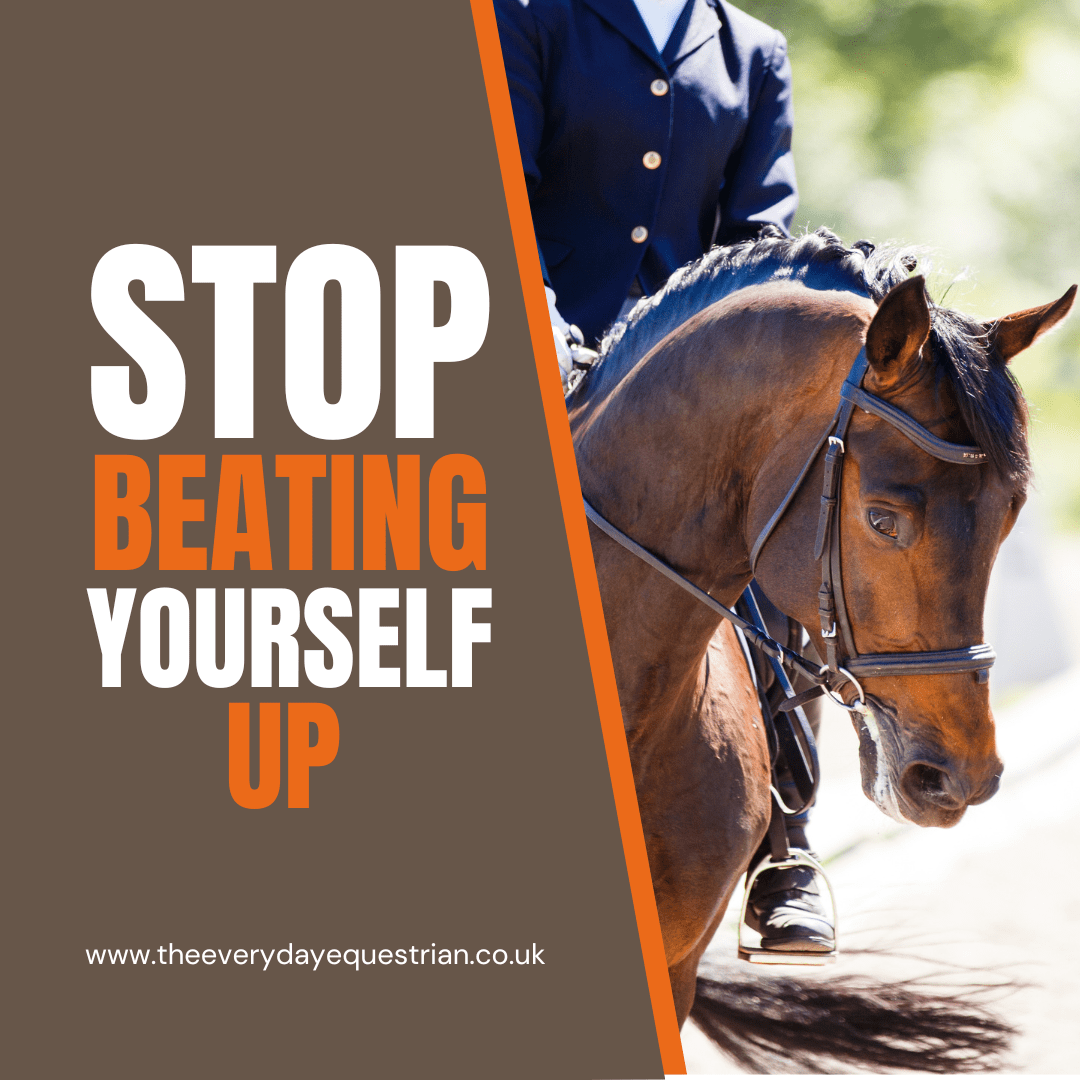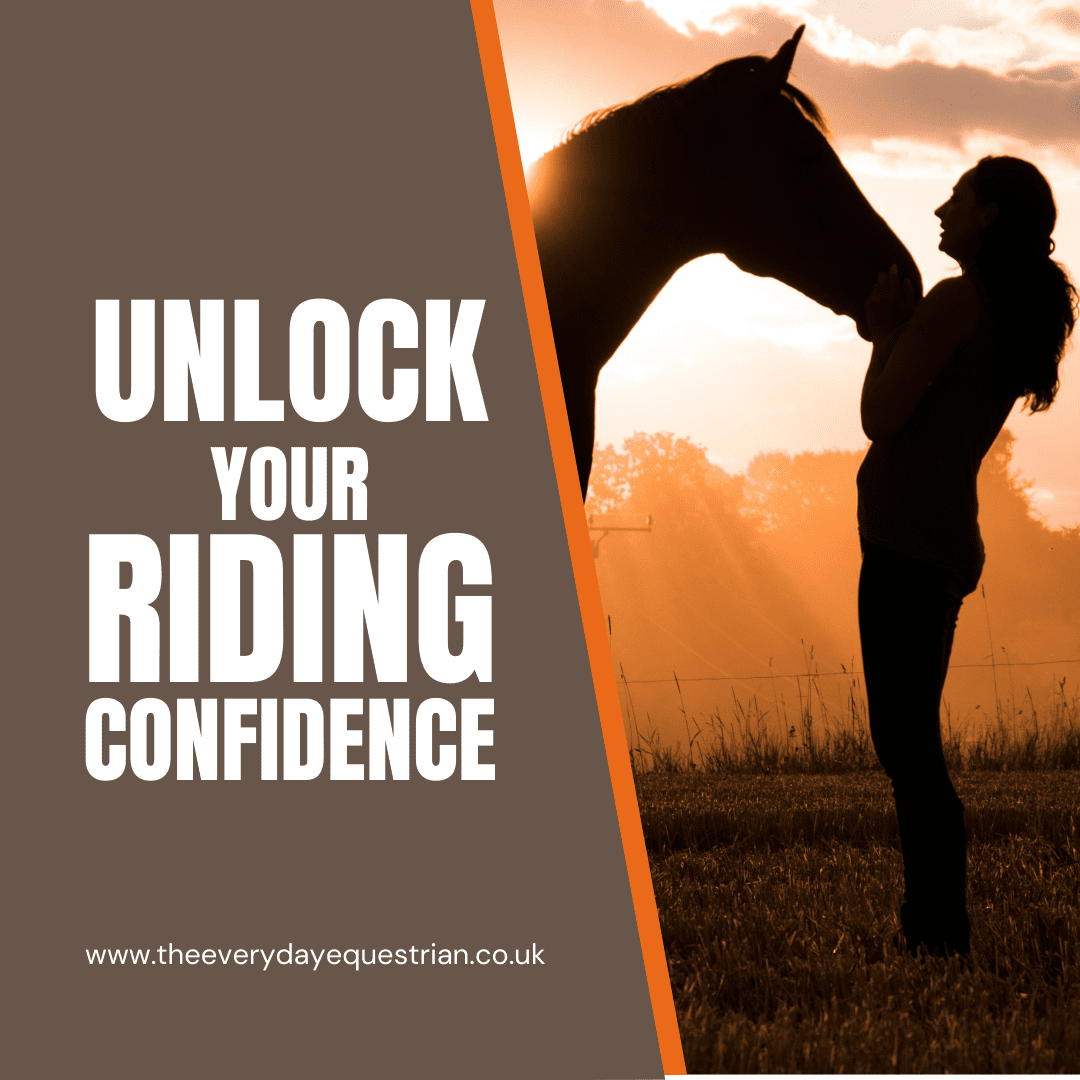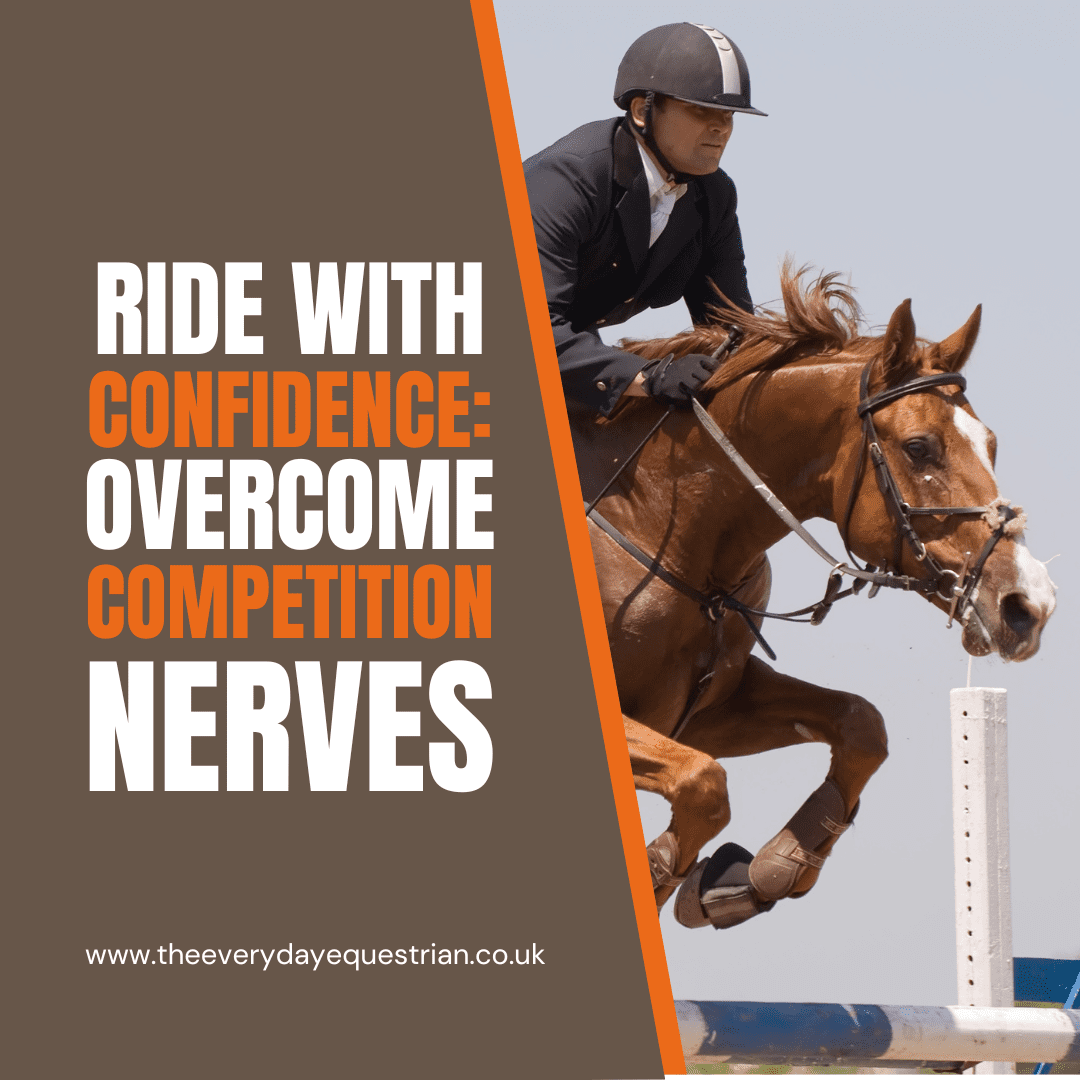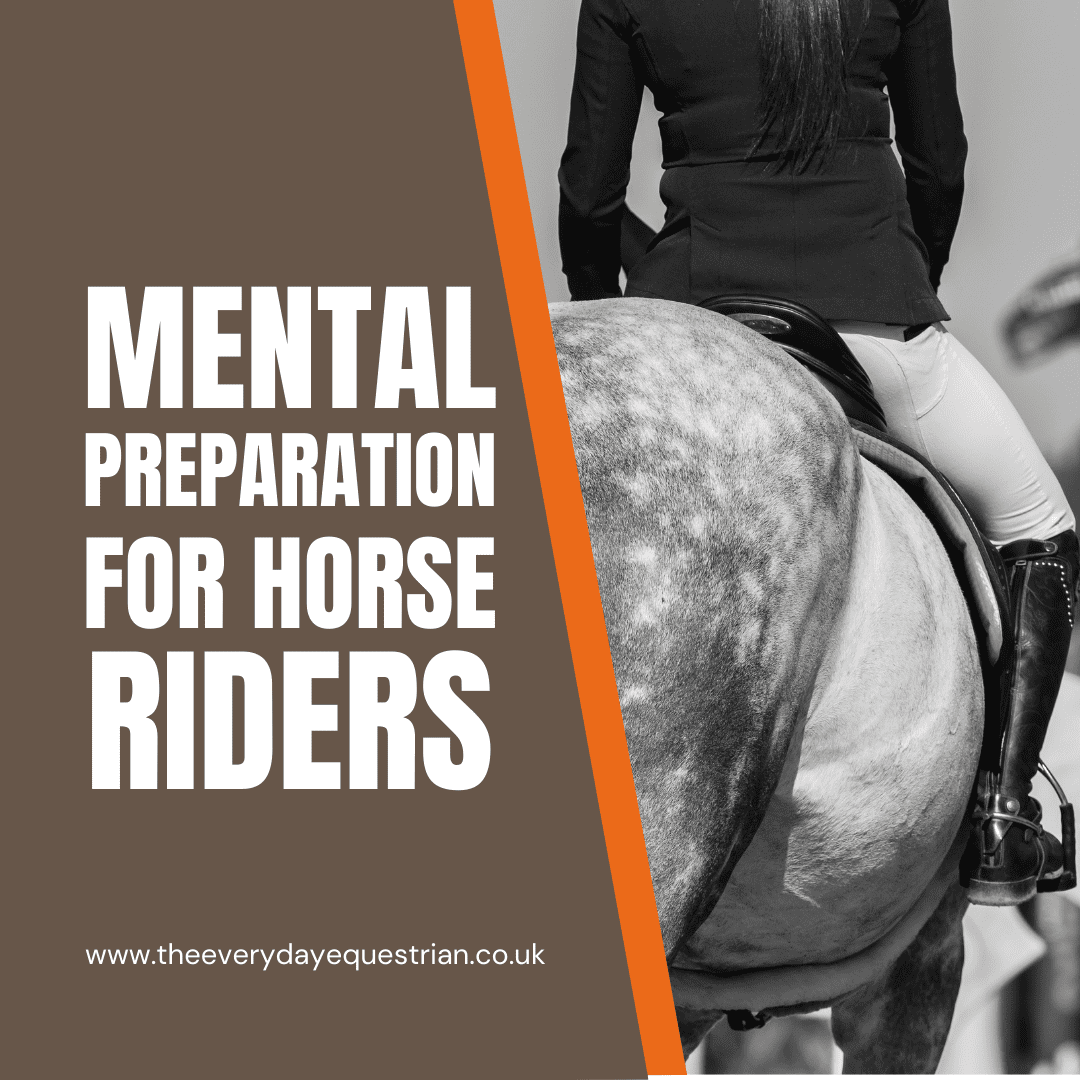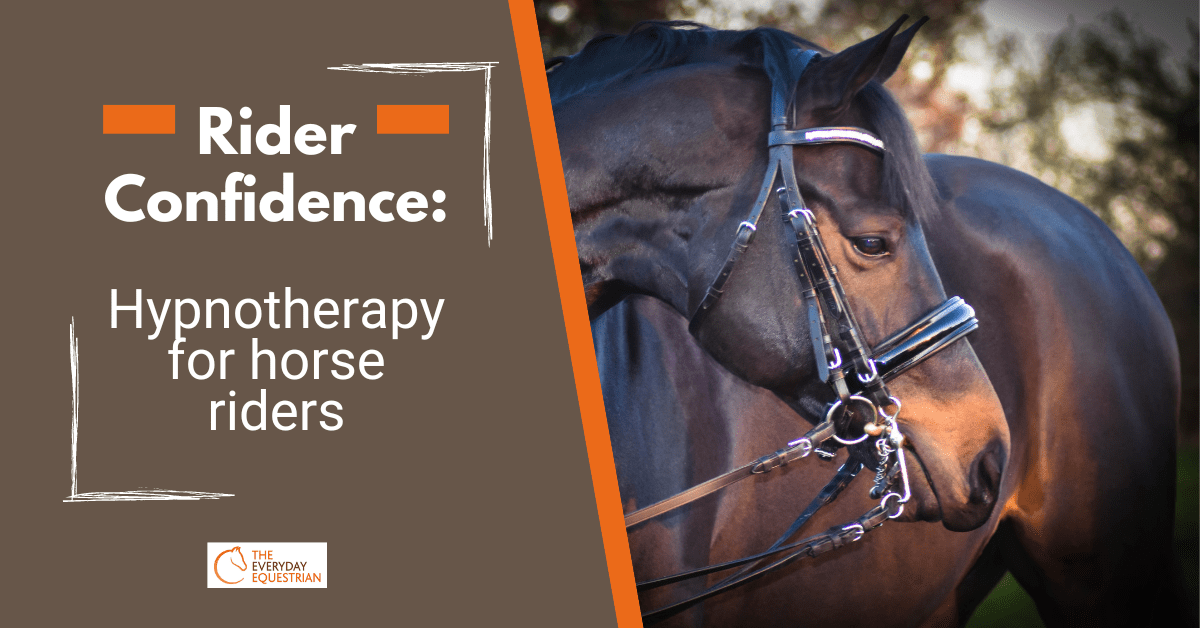Would you love to be able to improve your dressage marks or move up a level? Perhaps you would like some help introducing some lateral movements into your schooling sessions? Work on adjustability in the paces? Or get some pre-competition feedback on your dressage test?
If you’re a rider who loves dressage, then remote rider video coaching can help you improve your skills so that you can achieve your dressage goals!
Let’s take a closer look at what video coaching is, and how it can help you improve your dressage!
What is online rider video coaching and how does it work?
Online rider video coaching is a convenient way of solving dressage and general riding issues in a virtual setting. Riders have the ability at their own convenience to send off videos of themselves riding to their coach and receive constructive, detailed and positive feedback.
You’ll be pleased to hear that online video coaching is very easy to use. As long as you own a smartphone (Android or Apple) and have a reasonable connection to the internet then you have pretty much everything you need to take part in video coaching. It really is as simple as that!
Once you have identified the area of your riding you need help with, contact your preferred coach (I can help you HERE!) and wait for them to send you the invite to join their online video coaching community.
All you need to do from here is find someone to video you riding. Make sure your video demonstrates the problems you are experiencing clearly. Once complete, simply upload your video to the app (I use Equiratings OnForm software) and wait for your coach to come back to you with a detailed analysis and constructive feedback.
Feedback is provided in a variety of ways:
-
- Voiceover Recording
-
- Drawing tools to highlight and clarify directly on the video
-
- Frame by frame scrolling, quarter speed and half speed.
-
- Side by side comparisons (Where possible)
Over time, you will build up a series of videos of your riding which are all stored securely in the cloud. This is a great way of tracking your progress and identifying the areas in which you have made improvements. Keeping a visual log in this way means you can refer back to videos at any time, sit back and reflect in months or years to come.
Why is video coaching beneficial for dressage riders?
Video coaching can be very beneficial for riders looking to improve their dressage technique and can be a great way to get down to the root cause of flatwork problems whilst coming to valuable solutions with your coach.
Online video training can provide detailed, constructive and positive feedback to you promptly, at a time and place that suits your schedule. The video analysis can provide a more in-depth look into the issues you are experiencing with your riding. This can also assist your coach in getting down to the nitty-gritty of the problem.
By providing your coach with a short video clip of you riding you can get help with specific problems. For example, improving your position, help with lateral movements or achieving a higher score on your next dressage test.
The coach will be able to suggest ways to resolve the underlying problem and offer guidance to develop and improve both horse and rider.
You can find out more about how rider video coaching can help you HERE
What dressage problems can be solved using video coaching?
With online video rider coaching the possibilities are endless. There are an array of benefits and many riders miss out on the opportunity to improve their dressage technique and solve problems via this means.
Some key examples of dressage problems that can be resolved through online rider video coaching are:
- Rider Biomechanics (correct position and aids)
- Lateral movements
- Dressage tests
- Strengthening and suppleness exercises
- Linking movements together
- Practising the scales of training
- Pre-competition feedback
- Transition issues
- Help with a young or green horse
- Confidence building exercises
This is by no means an exhaustive list. There are many more ways in which online video coaching can help solve dressage problems.
Where can I take part in online rider video coaching?
If you are interested in taking part in online rider video coaching and would like to find out more click HERE
